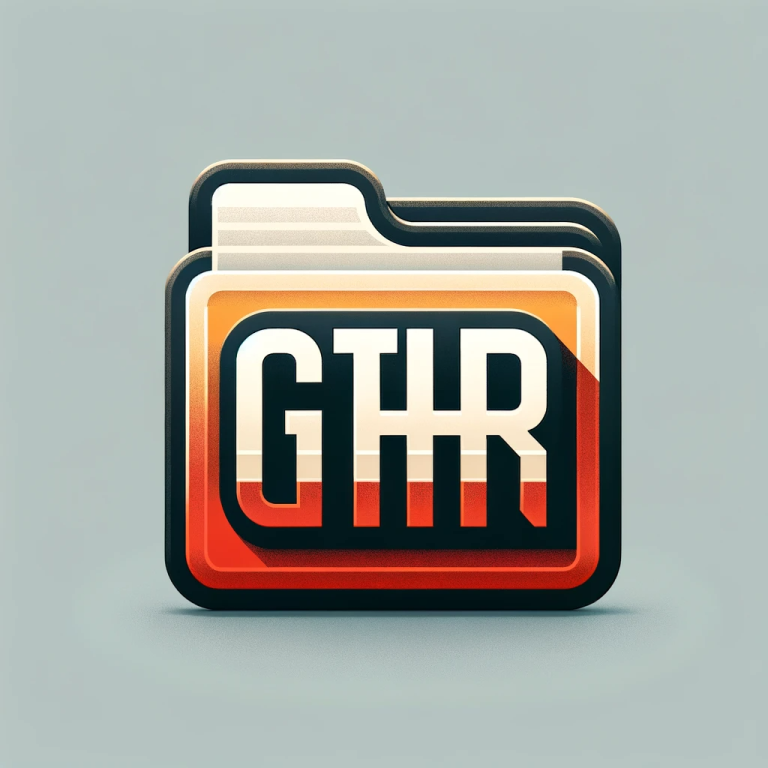.GTHR File Extension

Gather Log File
| Developer | Microsoft |
| Popularity | |
| Category | Text Files |
| Format | .GTHR |
| Cross Platform | Update Soon |
What is an GTHR file?
In the vast landscape of digital files and extensions, the .GTHR file extension, also known as the Gather Log File, remains a mystery to many.
This article aims to shed light on this relatively uncommon file format, providing an in-depth understanding of its origin, history, structure, technical specifications, advantages, disadvantages, and how to work with it.
More Information.
The history of the .GTHR file extension can be traced back to the early days of computing when the need to keep records of system activities became apparent.
These logs were stored in plain text files, making them accessible but challenging to manage on a larger scale.
To address these challenges, the Gather Log File format was introduced. Its primary purpose was to create a structured and standardized way of storing log data efficiently.
This allowed system administrators and developers to easily parse, analyze, and troubleshoot issues within various applications and systems.
Origin Of This File.
The .GTHR file extension has its roots in the field of data gathering and logging. It was initially developed to store log data generated by various applications and systems.
These logs serve a crucial purpose in tracking and analyzing the activities and performance of software, hardware, or network components.
File Structure Technical Specification.
Understanding the structure and technical specifications of the .GTHR file is crucial for working with it effectively. Typically, a .GTHR file is binary and follows a specific structure. It consists of headers, metadata, and actual log data.
- Headers: The file begins with headers that contain essential information about the log, such as timestamps, version information, and configuration settings.
- Metadata: Following the headers, metadata is included, which provides context for the log data. This can include information about the software or system generating the log, event types, and severity levels.
- Log Data: The bulk of the .GTHR file is comprised of log data entries. These entries record various events, errors, or activities, each accompanied by timestamps and detailed descriptions.
How to Convert the File?
Here’s a step-by-step guide on how to convert a .GTHR file to a different format:
Step 1: Identify the Software: Determine which software or application generated the .GTHR file. Knowing this is essential because different software may use different methods or formats for logging data.
Step 2: Check for Built-in Export Options:
- Open the software that created the .GTHR file.
- Look for an “Export” or “Save As” option in the software’s menu. This option may be labeled differently depending on the software.
- If available, select the desired format for conversion (e.g., CSV, XML, plain text).
- Follow the on-screen prompts to export the data. The software will guide you through the export process.
Step 3: Use Third-Party Conversion Tools:
- Search online for a .GTHR to desired format converter. For instance, if you want to convert .GTHR to CSV, search for “GTHR to CSV converter.”
- Download and install the conversion tool that matches your requirements. Ensure that you download the tool from a reputable source.
- Launch the conversion tool after installation.
- Follow the instructions provided by the tool to open the .GTHR file and convert it to your desired format. The tool will typically have options to specify the input and output formats.
Step 4: Consult Documentation: Refer to the documentation or support resources of the software that generated the .GTHR file for specific instructions or recommended third-party tools for converting .GTHR files.
This step is particularly helpful if you encounter difficulties during the conversion process.
Step 5: Consider Data Loss: Always consider the possibility of data loss or formatting issues when converting files from one format to another. Ensure that the converted data retains its integrity and accuracy.
Step 6: Backup Your Original File: Before attempting any conversion, create a backup of your original .GTHR file. This ensures that you can revert to the original format if any issues arise during the conversion process.
Step 7: Review the Converted File:
- After the conversion is complete, open the converted file in the respective software or application that supports the new format.
- Verify that the data is intact and properly formatted. Check for any signs of data loss or corruption.
By following these step-by-step instructions, you should be able to successfully convert a .GTHR file to your desired format, whether it’s CSV, XML, or another commonly used format.
Always refer to the documentation of the software that generated the .GTHR file for the most accurate conversion methods and options.
Advantages And Disadvantages.
Advantages:
- Efficiency: .GTHR files are highly efficient for storing log data, making them suitable for systems that generate large volumes of logs.
- Structured Data: The format’s structured nature allows for easy parsing and analysis of log data, simplifying troubleshooting and monitoring.
- Compatibility: .GTHR files can be read by various log analysis tools and software, enhancing their usability.
Disadvantages:
- Limited Use: .GTHR files are primarily used for logging purposes and may not be widely encountered in everyday computing.
- Not Human-Readable: Unlike plain text logs, .GTHR files are not human-readable without specialized software, which can be a drawback for quick manual inspection.
How to Open GTHR?
Open In Windows
- Double-click the .GTHR file on your Windows computer.
- If prompted, select the application you want to use to open the file from the list of available programs.
- The file will open in the selected application, allowing you to view its content.
Open In Linux
- Open a terminal window by clicking on the terminal icon.
- Navigate to the directory containing the .GTHR file using the
cdcommand (e.g.,cd /path/to/your/file). - Use the
catcommand followed by the name of the file to view its contents (e.g.,cat yourfile.gthr). - The terminal will display the contents of the .GTHR file for you to read.
Open In MAC
- Double-click the .GTHR file on your Mac.
- macOS will automatically open the file using the default application associated with .GTHR files, allowing you to view its contents.
Open In Android
- Download a file manager app from the Google Play Store if you don’t have one installed.
- Locate the .GTHR file using the file manager.
- Tap on the file, and your Android device will offer suggestions for compatible apps to open and view it. Choose an appropriate app to access the file.
Open In IOS
- Download a file viewer app from the App Store that supports .GTHR files.
- Open the app and use it to browse and open the .GTHR file for viewing on your iOS device.
Open in Others
- For less common operating systems or specialized environments, consider using conversion tools if available to convert .GTHR files to more common formats that can be opened with standard applications.













